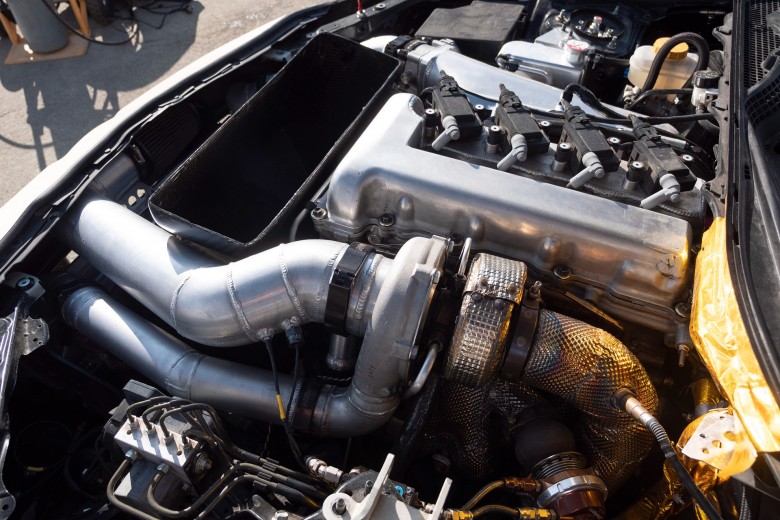Nissan’s SR20DET will always have a place in the four-cylinder engine hall of fame — not just due to the fact that it powers some of Japan’s most iconic 90s high-performance vehicles, but also because it's a tough motor that, with the right modifications, is capable of handling big power and even bigger amounts of abuse.
This article looks into all aspects of this excellent turbocharged two-litre, four-cylinder engine, covering its history, different versions, specifications, weaknesses, tuning secrets, and more.
In this article you’ll find:
- History of the SR20DET
- Why do people love the SR20DET?
- Where can you find the SR20DET?
- Factory SR20DET specifications
- Pros and cons of the SR20DET
- Known weaknesses of the SR20DET
- Tuning an SR20DET
- SR20DET engine alternatives
- Getting the most from your SR20DET
A Brief History of the SR20DET
The transition from the 80s into the 90s was an important and exciting time for the Japanese car industry — and Nissan was right at the sharp end. Alongside its RB line of six-cylinder engines, in 1989 Nissan released a replacement for its ageing flagship four-cylinder CA18DET — the legendary SR20DET.
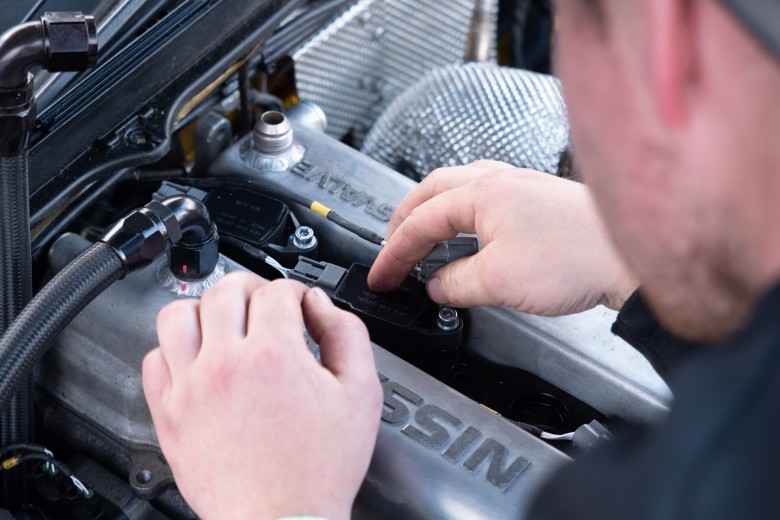
Although the turbocharged two-litre, 16-valve, four-cylinder SR20DET is known as a rear-wheel-drive-focused motor thanks to its association with the Nissan Silvia, for the first couple of years of production, this wasn’t the case at all.
First debuting in 1989, the SR was mounted transversely in the facelifted Bluebird 2000SSS (U12) four-wheel-drive sedan.
A year later, it showed up transversely mounted again under the bonnet of another 4WD vehicle — the Nissan Pulsar GTI-R (N14). This motor was unique in that it was fed through a set of individual throttle bodies, which you can learn more about here.
It also differed from other early SRs in that it used solid lifters, bigger bearings, a bigger turbo, and more, resulting in a bump in power from 205hp to 230hp — you’ll find more information on these differences in the tuning section of this article.
It wasn’t until 1991 that Nissan decided to bring the SR over to one of its most popular sports car platforms, the rear-wheel-drive S-Chassis, starting with the Silvia K’s (S13) and 180SX (RPS13) models in the Japanese market.
These cars were also sold in some overseas markets, with the 180SX being renamed as the 200SX due to its larger 2-litre motor (the JDM version kept its 180SX badge, despite also running the bigger motor).
Once the SR20DET hit these highly-regarded coupes, its legendary status began to solidify due to its toughness, ability to make good power, light weight, and versatility. These early motors are identified by their red, rounded rocker cover and made around 205hp thanks to a Garrett T25G turbocharger.
Later into the S13 production cycle, Nissan gave the SR a very mild birthday, updating it to what we now refer to as a “black top SR20” for obvious reasons, though nothing much changed internally.
Upon release of the S14 Silvia in 1995, Nissan updated the SR20DET again, this time making bigger changes.
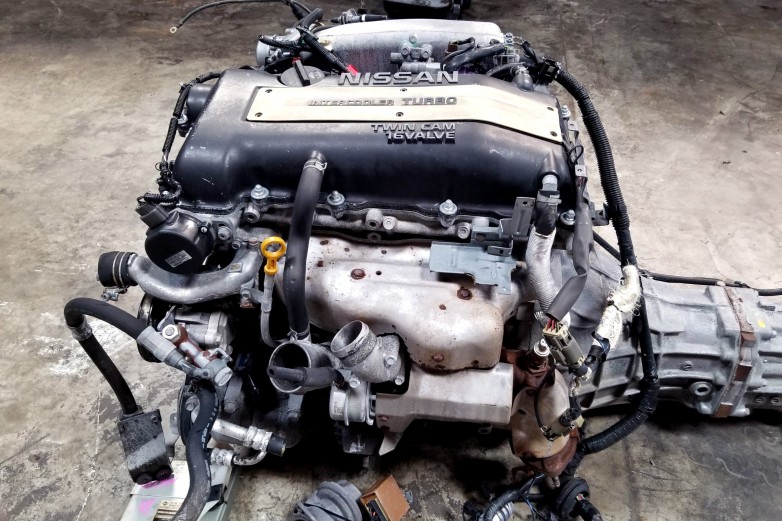
The “slant” or “notch” top SR20DET (named for the sloping rocker cover) received Nissan’s VTC variable timing control system, a new “low port” cylinder head and revised intake plenum, plus a larger Garrett T28 turbo. This made the motor good for around 220hp with improvements in response across the rev range thanks to the new head and VTC system.
When Nissan’s new S15 Silvia chassis arrived in 1999, we received the final version of the SR20DET.
Visually, the cam cover looks very similar to the S14’s, however it’s not interchangeable thanks to different-sized holes for new coils with built-in igniters. This motor also came with bigger injectors and a larger Garrett T28R turbo, which helped to push the power up to just under 250hp.
Why Do People Love the SR20DET Engine?
The fact that the SR20DET was the beating heart of what’s arguably the most popular drift platform of all time has certainly helped its popularity immensely. The S-chassis’ recipe of excellent suspension systems, fairly light weight, perfect balance, and a strong motor that responds well to modification has made it the obvious choice for drifters over the last few decades.

Because of this popularity, the SR20DET is extremely well supported in the aftermarket, and the road to power is a well-trodden one, meaning that it’s simple for anyone looking to build and tune an SR20 to know exactly what to aim for and the best way to get it.
The SR is also a popular choice when it comes to engine swap projects, especially in older Japanese vehicles. This is thanks to its alloy block and head keeping things light weight, its compact dimensions allowing for easy fitment in most engine bays, and again, its ability to make good power.
Where Can You Find SR20 Engines?
Throughout the 1990s, the SR20DET was the go-to engine choice for Nissan when it came to performance versions of its small and mid-sized range. This motor can be found in the following models:
- 1989-1992 Nissan Bluebird 2000SSS (U12)
- 1990-1994 Nissan Pulsar/Sunny GTi-R (N14)
- 1991-1994 Nissan Silvia K’s (S13)
- 1991-1998 Nissan 180SX/200SX (RPS13)
- 1993-1997 Nissan Bluebird SSS ATTESA Ltd (U13)
- 1994 Nissan Silvia 270R (S14)
- 1994-1998 Nissan Silvia K’s (S14)
- 1995-1997 Nissan Avenir Salut GT Turbo (W10)
- 1997-2001 Nissan Avenir GT4 (W11)
- 1999-2002 Nissan Silvia Spec R (S15)
Alternatively, aftermarket billet SR20DET blocks are also available from companies like Bullet Race Engineering and Mazworx.
Factory Specifications of the SR20DET
Architecture: Four-stroke, inline four-cylinder, 86.0mm bore, 86.0mm stroke
Compression Ratio: 8.5:1 (S13, S14, S15, U12, U13, W10), 8.3:1 (N14)
Production: 1989-2002
Displacement: 1998cc
Block: Closed-deck cast aluminium construction, forged crank
Head: Aluminium 16-valve twin cam (VTC variable timing control added 1994)
Load measurement metering: MAF
Fueling: 370cc injectors (S13/S14/U12/U13/W10/W11), 444cc injectors (N14), 480cc injectors (S15)
Cam timing: Chain
Turbocharger: Garrett T25G (U12, S13), Garrett T28H (N14, W10, W11), Garrett T28 (U13, S14), Garrett T28R (S15)
Known Weaknesses of the SR20DET
While the SR20DET is a great motor, it’s not without its weak points that have been frustrating tuners since its introduction well over two decades ago.
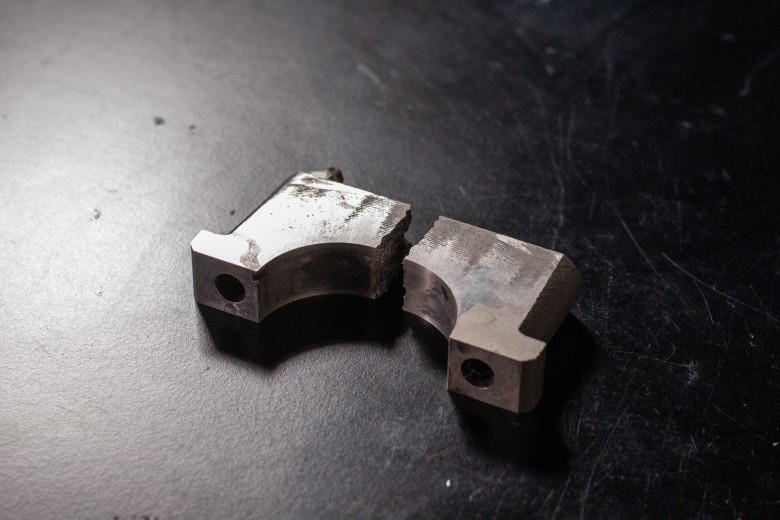
- The SR20DET cylinder head design leaves a lot to be desired — it simply struggles to provide enough flow once power levels start rising, which is the reason why the SR20VE head swap is so popular.
- The rockers in the SR20DET head are poorly designed, being that they aren’t shaft-mounted and heavy. This can cause massive problems at high RPM and especially on an ignition-cut style limiter. It’s not uncommon to see a rocker come loose and destroy everything around it.
- The stock SR20DET ECU can’t be reflashed, and while it is possible to “chip” it with something like a NisTune, there are much better solutions out there.
- Problematic 360-degree optical cam angle sensor.
- Factory SR20DET pistons are only good for around 400hp at the wheels.
- The stock cast main bearing caps are weak and will destroy themselves if you try for 600hp at the wheels and above.
- The oil supply system to the cams is a dripper positioned above the lobe. These are only a barely workable solution when new, and a far worse one on a higher mileage or not-properly-serviced engine.
Pros & Cons of the SR20DET Engine
Pros
- Lightweight alloy construction.
- Closed deck block design.
- Forged crankshaft from factory.
- Compact dimensions.
- Huge aftermarket support.
- The conversion to an SR20VE head is relatively easy and an absolute game changer in terms of performance.
Cons
- Getting more and more expensive.
- Poor head flow characteristics without a swap to the SR20VE head.
- Various mechanical weaknesses as listed above.
Tuning an SR20DET
Tuning an SR20DET is no different to tuning any engine — all the same rules and techniques apply (which you can learn here). With that said, there are a few things worth considering before you strap your SR20DET-powered car to the dyno.
If you’re aiming for maximum performance, we highly recommend looking into an SR20VE head conversion.
Because the DET head flows so poorly and the VE head so well, the difference in achievable power between the two with everything else being equal is remarkable.
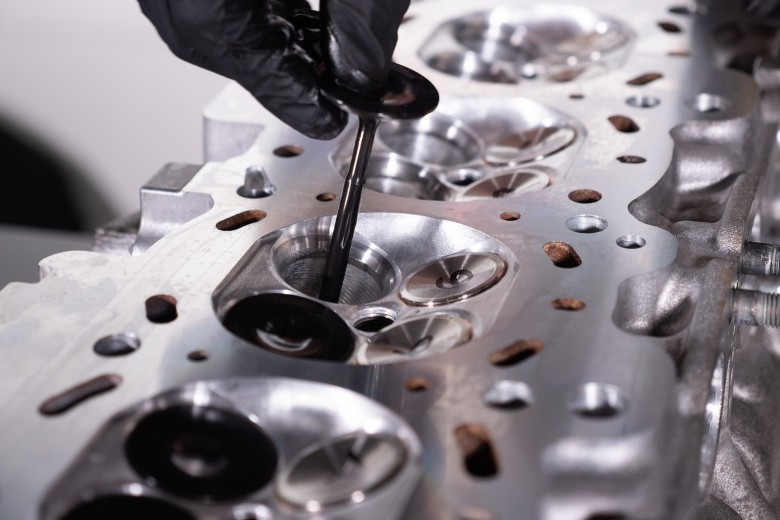
The VE head also avoids power drop off at higher RPM — where a DET head will give up making power at around 7500 RPM, providing you’ve got properly sized cams and turbo, a VE head will keep making bulk power up to the safe limit of around 8500 RPM.
The stock optical cam sensor was mentioned in the weaknesses section of this article but it bears repeating — this proves unreliable even in stock form, but especially if you’re running aftermarket cams on a standalone ECU.
The best bet is to replace it with a crank trigger system, or failing that, you could also use a trigger disk that reduces tooth count, which would be a workable solution for a middle-of-the-road build.
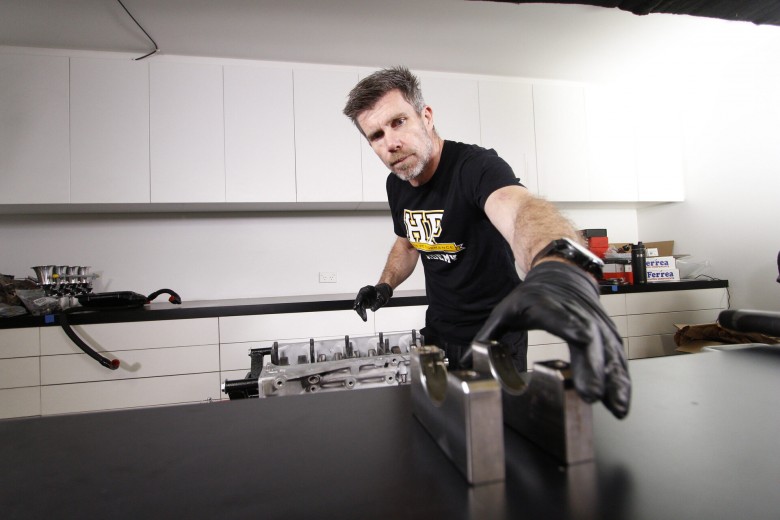
If you’re aiming for any kind of decent power, say 400hp at the wheels and above, it’s best to look at putting together a built motor (which you can learn how to do here), as the stock pistons are fairly weak, as are the main bearing caps. Rocker arms also have a tendency to get thrown at high RPMs or with the use of an aggressive rev limiter or gear change ignition cut — you’ll need to use a fuel cut limiter instead.
It’s also worth noting that the Pulsar GTI-R (N14) version of the SR20DET has some unique internals that are worth considering.
The GTI-R’s conrod/big end bearings are 2mm wider (19mm vs 17mm), while the main bearings feature a groove machined into the upper bearing journal and provide superior oil flow.
The only modification required to accept the GTI-R main bearings is to have your machinist groove the journals in the block, while the conrods can also be machined to allow for the 19mm big end bearing shells, or GTI-R-spec rods can be used instead.

The GTI-R also uses 12mm head studs vs the standard 11mm — your existing motor can be modified to fit these, though if you’re using a VE head, keep in mind that the oil feed to the head comes up through one of these bolt holes, so this will need to be drilled out.
Lastly, although there are some “chip” products floating around, don’t bother with trying to retain the factory Nissan ECU. The factory ECU is dated by modern standards and will limit the range of control you’ll have. Because the SR20DET is such a well-established engine in the tuning world, you’re much better off going with a simple plug-and-play standalone ECU from trusted suppliers like Link, Haltech, or Maxx ECU.
SR20DET Engine Alternatives
While you might have your heart set on an SR20DET for your project, it doesn’t hurt to look around at some alternative four-cylinder options that may well be cheaper and easier to source (or not).
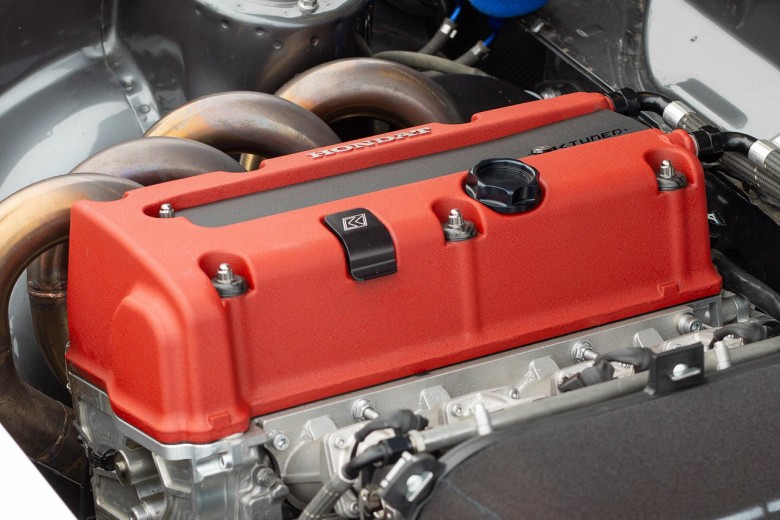
Some of the following suggestions are factory turbocharged, while others are NA but respond well to forced induction conversion.
- Honda K20/K24 (2.0/2.4 litre NA inline 4)
- Mitsubishi 4G63 (2.0 litre turbocharged inline 4)
- Ford Ecotec 2.3 (2.3 litre turbocharged inline 4)
- Toyota 3S-GTE (2.0 litre turbocharged inline 4)
- Toyota 3S-GE Beams (2.0 litre NA inline 4)
- Volkswagen EA888 (2.0 litre turbocharged inline 4)
- Mercedes Benz M133/M139 (2.0 litre turbocharged inline 4)
Get the Most From Your SR20DET Engine
It’s time to get serious about your SR20DET-powered project. The question is, where should you start?
To set yourself up for good results, check out the range of engine building and tuning courses.
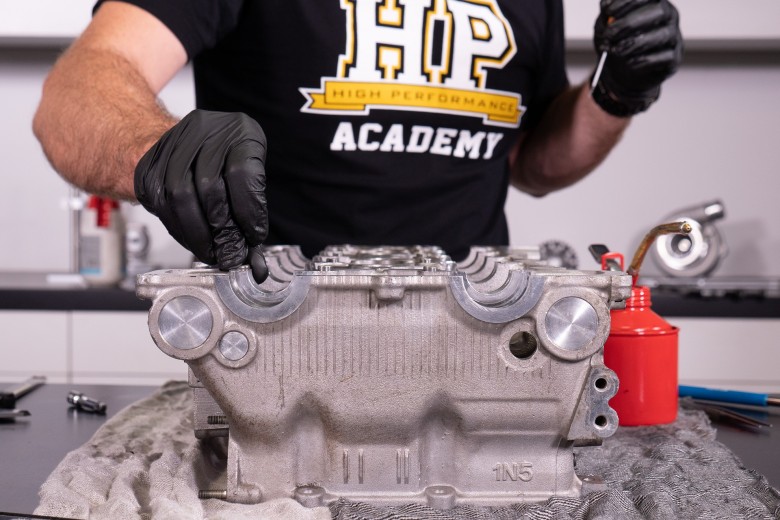
If you’re looking to build up a new SR20 (whether it’s a rebuild using factory-spec parts or a fully built motor) you’ll want to start with the Engine Building Fundamentals course, followed by Practical Engine Building, which contains a dedicated SR20VET worked example that follows the entire process from start to finish.
You can also grab the heavily discounted Engine Building Starter Package, which includes these two courses plus a course dedicated to degreeing cams.
Once you’ve built your SR20, it’s time to tune it.
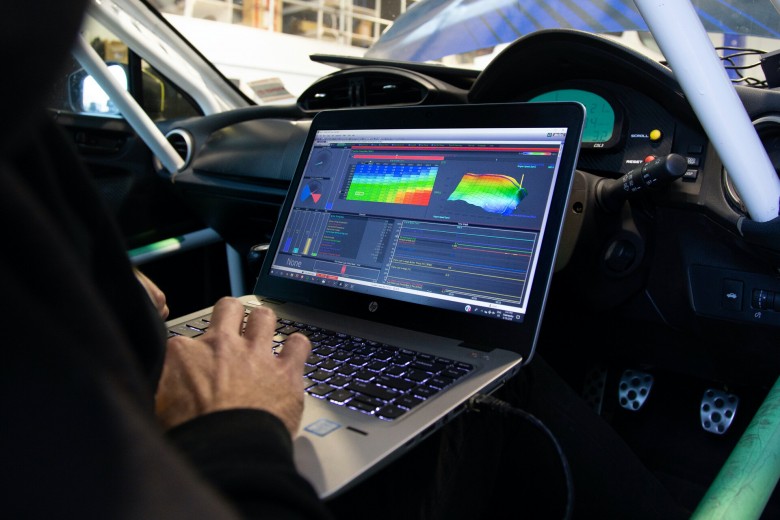
You can learn everything you need to know to successfully tune your motor with the EFI Fundamentals, Understanding AFR (air-fuel ratio), and Practical Standalone Tuning courses — these can all be bundled together for a healthy discount with the Tuning Starter Package.
Throughout this process, if you ever find yourself stuck, you’ll have access to our support forums, where you can post any questions you’ve got and get answers from tutors and the wider tuning community.
Street, drag, drift, or circuit — the SR20DET is a great choice to power your project… You just need to know how to get the most out of it.

